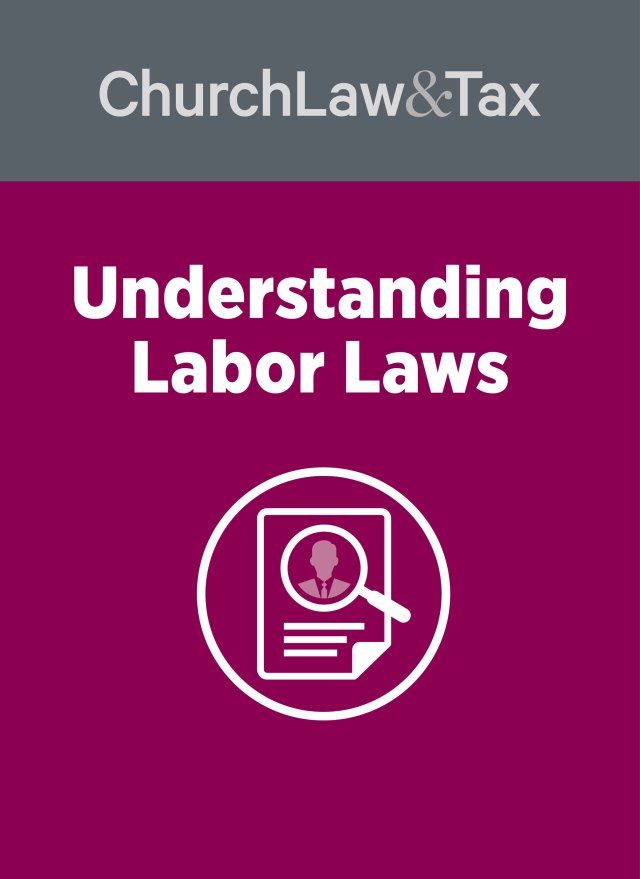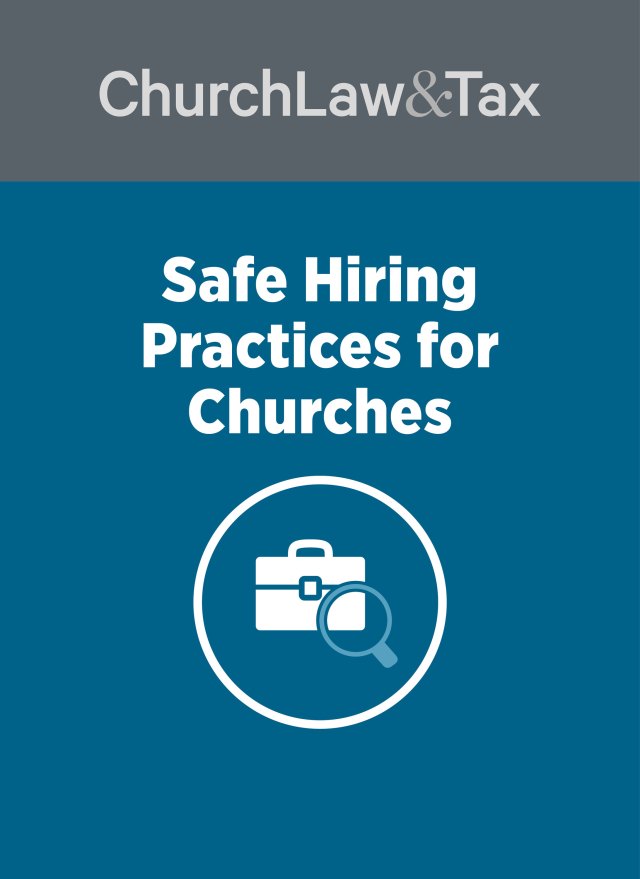• Key point: Employers who dismiss employees for sexual harassment may face wrongful dismissal lawsuits.
• In a case that will be of interest to church leaders, a Minnesota court ruled that an employer could not be sued by two former employees who were dismissed for sexual harassment. While the case did not involve a church employer, it is relevant to church leaders since it addresses a number of important aspects of sexual harassment. The facts of the case are simple. A company promptly investigated allegations of sexual harassment brought by a female employee against four male employees. The woman alleged a variety of actions by the four employees that created a “hostile working environment,” including repeated sexual jokes, comments, and suggestions that were directed at her. On the other hand, the male employees insisted that the woman herself often initiated sexual discussions and contact, dressed provocatively, and brought her sexual harassment allegations solely for financial gain and to “get even” with one of the male employees (a supervisor) for being critical of her work. The company immediately investigated the woman’s charges, and in the process interviewed the four former employees and several other employees in addition to the woman herself. At the conclusion of its investigation the company concluded that the charges were true and dismissed two of the employees and accepted resignations from the other two. The two dismissed employees promptly sued the company, alleging that the investigation had been a “sham,” that the company had defamed them by statements that it released to its employees and to the press, and that they had been wrongfully dismissed. A trial court ruled in favor of the company, and the former employees appealed. A state appeals court upheld the trial court’s decision in favor of the company. The court’s ruling is summarized below.
Defamation
The former employees claimed that statements issued by the company to other employees and the press were defamatory even though they did not identify the former employees by name. The court disagreed, concluding that the statements made by the company regarding the harassment could not be defamatory because they were protected by a “conditional privilege.” The court noted that “[a] defamatory statement is conditionally privileged if it is made on a subject matter in which the person making the statement and the person to whom it is made have a legitimate common interest.” The court noted that the company had a policy prohibiting sexual harassment, and that this policy included a duty to promptly investigate complaints. It concluded that the company “had an interest in common with its employees in maintaining a work environment free of … sexual harassment,” and that this common interest included “reasonable communications by [the company] to its employees concerning action taken against employees for harassment.”
The court noted that statements covered by a conditional privilege cannot be defamatory unless they are uttered with knowledge that they are false or with a reckless disregard as to their truth or falsity. The court concluded that this exception did not apply and accordingly that the company’s statements were not defamatory. It observed that the company, “faced with a large amount of information from numerous employees, much of it conflicting, had to make credibility determinations to decide whether its harassment policy was violated.” The court concluded that the company “retains its conditional privilege even if it disbelieved [the dismissed employees], rejected their definition of harassment, and did not speak to everyone who might have had negative things to say about [the woman].” In summary, the company acted responsibly in investigating the allegations of harassment, interviewing well over a dozen current and former employees and supervisors. As a result, the former employees failed to establish that the company acted with a reckless disregard of the truth by publishing statements regarding the harassment.
There is another aspect of the court’s ruling that is interesting. The court observed that since the company “had a privilege to inform each and every one of its employees about the subject of [the former employees’] discharge … [it] could, with impunity, have named [the former employees] in its communication with its employees.”
Breach of contract
The court also rejected the dismissed employees’ claim that their dismissal amounted to a breach of contract. It observed, “[e]mployment is generally terminable at will by either party without cause.” While it is true that “an employee handbook may modify an at-will employment relationship,” the company’s employee handbook in this case did not do so. Quite to the contrary, “the mere issuance of an employee handbook for guidance and orientation of employees is insufficient to alter an at-will employment relationship.” Rather, “the at-will relationship is altered only if the handbook contains express provisions from which it reasonably could be inferred that the parties intended to bind each other to a different relationship.” For example, a company handbook can abolish an at-will employment relationship if it (1) provides for different procedures for discharging probationary and “regular” employees; (2) adopts a program of “progressive discipline” that ties disciplinary actions to specific forms of misconduct; or (3) promises employees that they will not be discharged without “good cause.” None of these exceptions were reflected in the company’s handbook.
Conclusions
This case is helpful for church leaders for the following reasons: (1) It demonstrates that a finding of sexual harassment may be made despite conflicting evidence, and despite vigorous denials by the alleged perpetrators—so long as a responsible investigation is conducted and there is a reasonable basis for concluding that sexual harassment occurred. (2) Employers that have a sexual harassment policy may be protected by a “conditional privilege” from defamation when they communicate factual information regarding the harassment to current employees. This conditional privilege can be lost if the employer acts with a reckless disregard of the truth, but this exception ordinarily will not apply if the employer conducts a reasonable investigation including interviews with supervisors as well as current and former employees. Further, the conditional privilege (if it exists) permits the employer to communicate to employees the identity of those persons who were found guilty of harassment. Olson v. 3M Company, 523 N.W.2d 578 (Wis. App. 1994).
See Also: Termination of Employees | The Civil Rights Act of 1964
© Copyright 1995, 1998 by Church Law & Tax Report. All rights reserved. This publication is designed to provide accurate and authoritative information in regard to the subject matter covered. It is provided with the understanding that the publisher is not engaged in rendering legal, accounting, or other professional service. If legal advice or other expert assistance is required, the services of a competent professional person should be sought. Church Law & Tax Report, PO Box 1098, Matthews, NC 28106. Reference Code: m43 m66 m43 c0495




